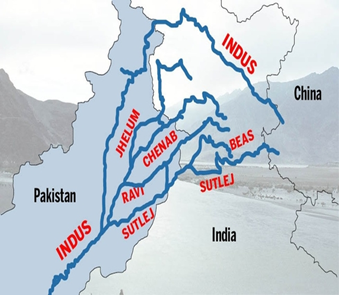RARE DISCOVERY IN SUTLEJ SANDS
Why in the News ?
Researchers from IIT Ropar, led by Dr. Resmi Sebastian, unearth tantalum, a rare metal, in the Sutlej river sand in Punjab.
Source: Rootshunt
Significance of Tantalum
- Tantalum, with atomic number 73, is a grey, heavy, and highly corrosion-resistant metal.
- Possesses ductility, making it stretchable without breaking, and remains chemically immune at temperatures below 150°C.
- Known for its extremely high melting point, surpassed only by tungsten and rhenium.
Historical Context
- Discovered in 1802 by Swedish chemist Anders Gustaf Ekenberg in minerals from Ytterby, Sweden.
- Initially confused with niobium, later distinguished as two distinct elements by Swiss chemist Jean Charles Galissard de Marignac in 1866.
Name Origin
- Named after the Greek mythological figure Tantalus due to tantalum’s insolubility in acids, mirroring Tantalus’s inability to partake in food and water.
Versatile Applications
- Widely used in electronics and semiconductors.
- Capacitors made from tantalum are ideal for compact storage of electricity in devices like smartphones and laptops.
- Substitute for platinum in various applications, including components for chemical plants, nuclear power plants, airplanes, and missiles.
- Non-reactive with bodily fluids, making it suitable for surgical equipment and implants, such as artificial joints.
Industrial Utility
- Tantalum carbide (TaC) in composite form is one of the hardest materials, utilized on the cutting edges of high-speed machine tools.
The discovery of tantalum in the Sutlej sands holds significance for its unique properties and diverse applications, particularly in advancing electronic technology and industrial sectors.

 Source: Rootshunt
Source: Rootshunt

